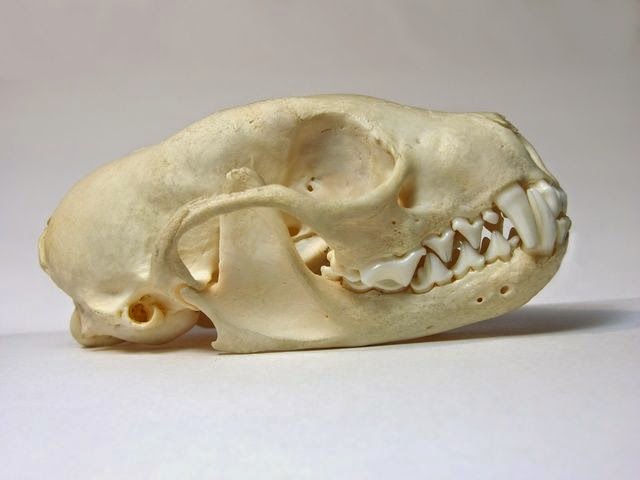Do you smell ammonia in your house? It may be the
presence of woodlice! They do not excrete urine, but give off ammonia gas through
their exoskeleton instead, which is why places where they live in large numbers
smell bad.
 |
| Common Rough Woodlouse from BHL. |
Woodlice are one
of the few crustaceans (crayfishes or shrimps) that live permanently on dry
land. They are usually small, reaching 1.5 cm in length. For respiration, they
use a system of thin tubes in their abdomen. They prefer moist environments,
like basements and building walls. During the day, they normally hide under
rocks, wood or fallen leaves. They live on dead plant material. Unless they
multiply to very large numbers, they are practically harmless. The original
home of these animals is Europe, from where they have spread throughout the
world.
 |
| Various Woodlice from BHL. |
After mating,
females carry about twenty fertilized eggs on the underside of their bodies,
until the young hatch. While adults have seven pairs of legs, freshly hatched
young bears only six pairs. When woodlice molt, they first discard the rear
part of their exoskeleton, then two to three days later, the front part is discarded.
They can live up to two and a half years.
 |
| Woodlouse from EoL. Image is under CC BY of Stanislav Krejčík. |

.jpg)







